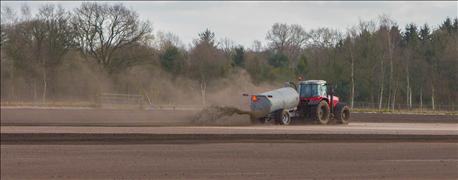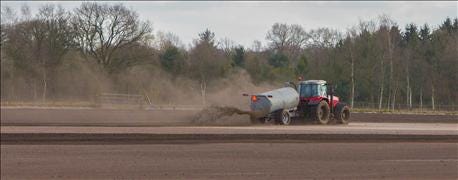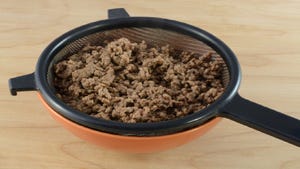
If you are one of the Indiana farmers who will apply manure this fall, agronomists have a few tips for you. First and foremost, recognize that you are applying fall nitrogen. It just happens to be in manure.
“Manure is a great source of fall application [of N] for many producers,” says Brian Shrader, accounts manager for DuPont Pioneer, Marion. He is also an Indiana certified crop adviser.
“Most nitrification inhibitors also carry a label for use with manure,” he adds.

MANAGE FALL MANURE: You can manage the nitrogen in manure if you apply it in the fall through various methods, agronomists say. (Photo: michaklootwijk/iStock/Thinkstock)
For commercial N applications, nearly every agronomist, including Shrader, recommends use of an N inhibitor in the fall. He acknowledges that N inhibitors haven’t been used as much traditionally with manure, but sees it as a good option.
“Be sure to work with your local CCA on the option that best works for your situation and application practices,” he says.
Betsy Bower, an agronomist with Ceres Solutions, Terre Haute, and a CCA, also emphasizes that it’s time to think about the N in manure as you would any other N when making fall applications. “We need to consider the N in fall- and winter-applied manure as well,” she says. “The N in manure is a valuable resource that we should try to protect in our fall and winter applications”
One option if you’re planning to fall-apply manure is to consider seeding a cover crop before the application, she says. While it may be too late to seed certain species this fall, there is still time to seed others, particularly cereal rye.
“A cover crop does a great job of scavenging some of the immediately available N,” she says. “If it’s terminated on the early side, and depending upon the cover crop, N can be given back to the following corn crop. Remember that corn following cereal rye needs extra management. It’s not suggested if you are new to growing cover crops.”
About the Author(s)
You May Also Like




